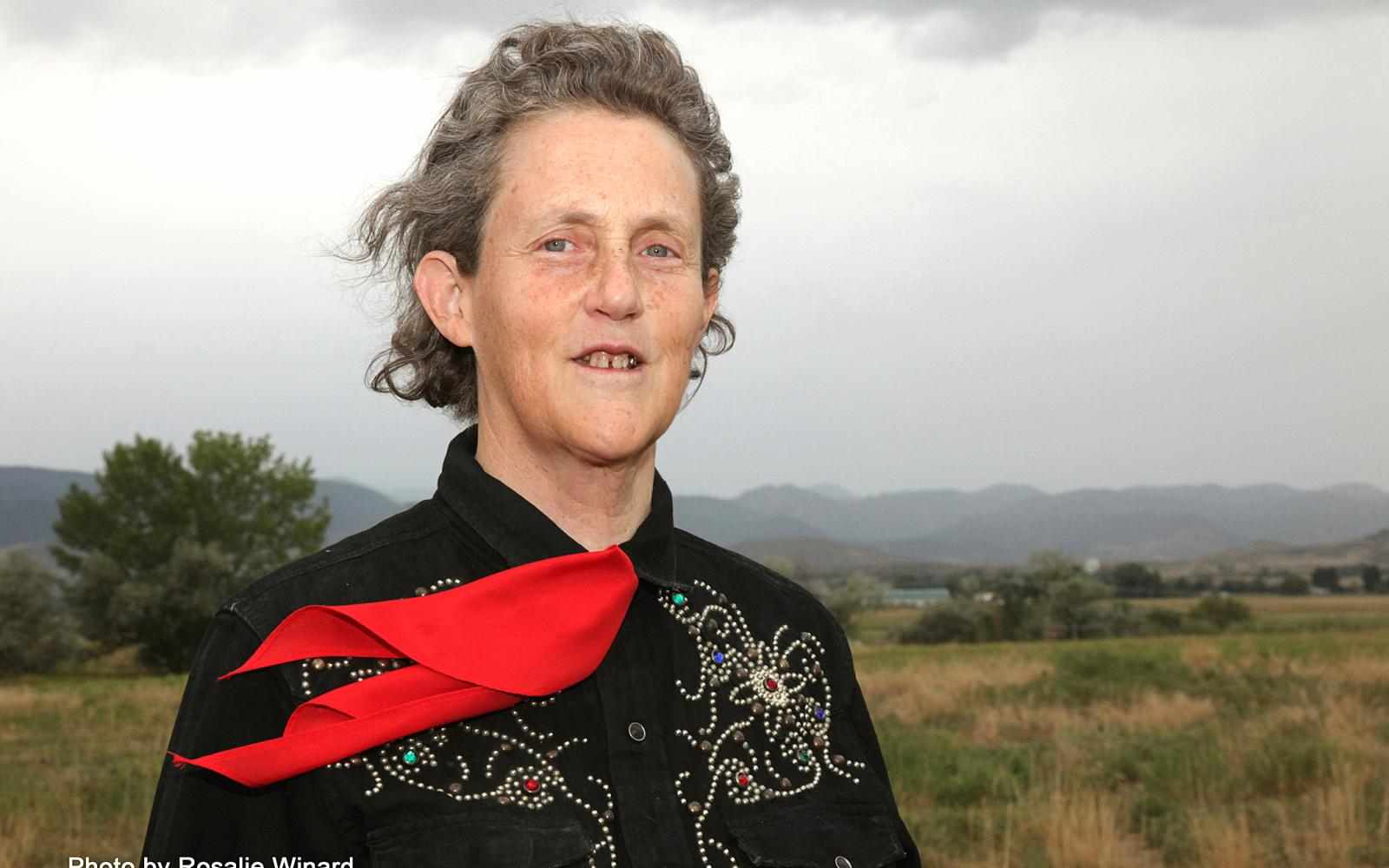Temple Grandin: “The thing about changing something is that it’s long, hard, sustained work.”

Temple Grandin, diagnosed with autism as a child, has revolutionized the livestock industry. By putting herself in the place of the cattle, she developed a series of equipment designs and a simple rating system to help the industry adopt new practices that reduce animals’ stress and injuries to both animals and workers. Today, more than half of the cattle in the U.S. and Canada are handled in facilities that use Temple’s designs, with uptake now across the world, from Brazil to Australia and New Zealand. “This didn’t happen overnight,” Temple shares. “The thing about changing something is that it’s long, hard, sustained work.”
Temple has built her career on channeling empathy to improve the treatment of animals. But her first invention actually went the other way: from animals to people. As a girl, Temple struggled with moments of stress and anxiety and longed for something to help her relax. She found her inspiration at the age of 15 on a horse ranch in Arizona where she spent the summer. At the neighbor’s cattle ranch, she saw the ranchers vaccinate the steers by first guiding them into a “squeeze chute,” a metal device that would apply pressure to calm and steady them long enough to give them their shots. “This will work for people like me!” she thought.
She was a senior in high school when she built the first “squeeze machine” for people. “It was crude and simple but it helped me relax when nothing else did,” she says. With the help of her high school science teacher, Mr. Carlock, she demonstrated the effectiveness of the approach and later got the support of a firm that helped commercialize and spread the product. The “Hug Box” is now widely used by autistic and hyper-sensitive people to relax in highly stressful situations.
Based on her own experience, she advocates for young people to have access to an education that exposes them to real problems and inspires concrete ideas and solutions. “I’ve been looking into the early path of people who go on to cause big changes,” Temple shares. “The pattern is clear: it’s the exposure in high school that really counts.” Her advice to young people? “Figure out exactly what is going on with the problem you care about and are drawn to. Get specific about it. This is the only way you will be able to wrap your head around a problem and see what exactly needs to change.”
Subscribe to the Early Changemaking Story Series
